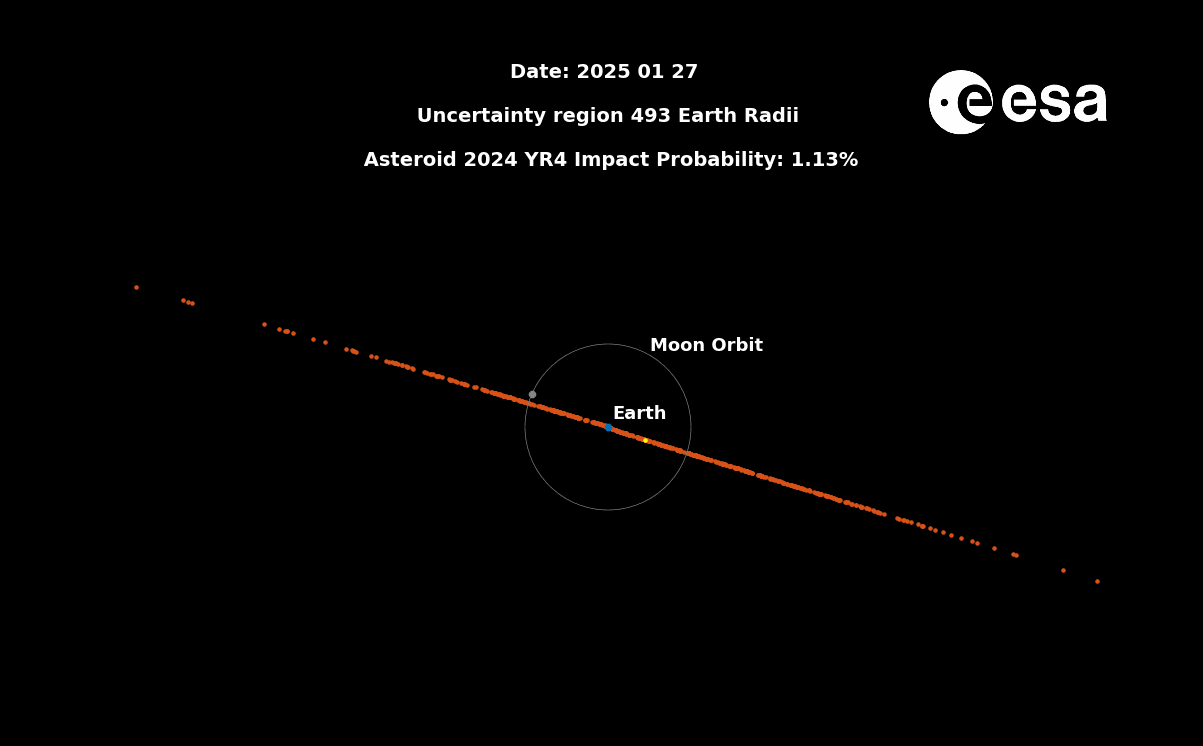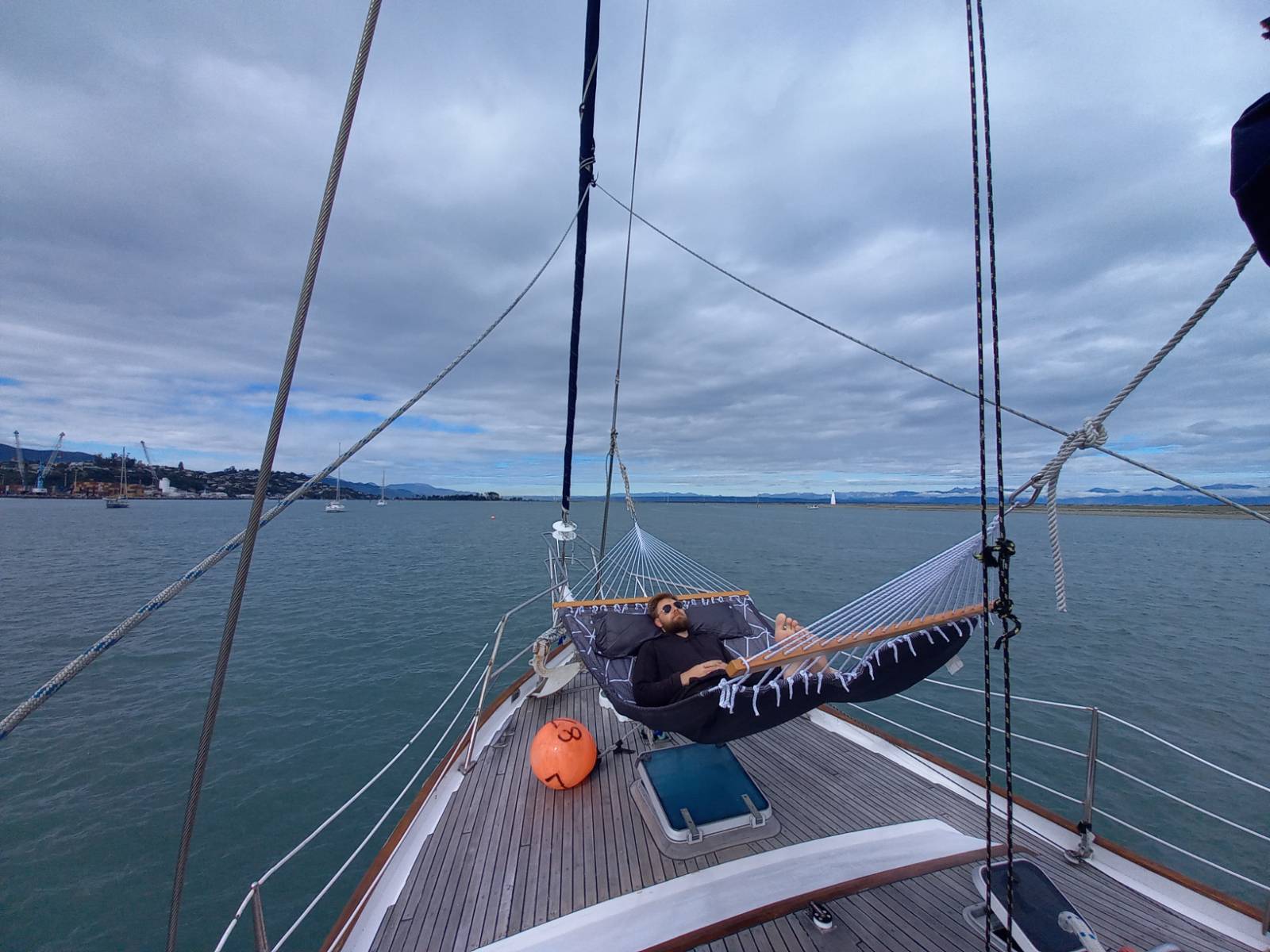Shame
Won’t stop all the click bait posts I’m sure.
Can we still alter its course or is it too late?
Even the Asteroid took one look at what was going on here on Earth and said “actually, fuck that”
I didn’t know there were sumo wrestlers and Japanese flags in China.
Don’t gotta click that link to know which scene from End of ze World that time stamp is for.
Well great, that ruins my retirement plan.
GOD DAMNIT
BOOOO
You were supposed to kill me
I know. nothing but bad news.
It might hit the moon though!
Whoa, imagine seeing the moon glow again from all the melted rock.
… I mean for the first time ever, since I am human & partake in such regular human activities as not existing when the moon formed.
Maybe the moon then hits us, pool billiard style!
Joke aside, that’s not possible. This asteroid is way too small to make a meaningful change in the moons orbit
reminds me of the miniseries ‘impact’
Well on the plus side, we can still in the Climate Wars an avoid all this crap.
good now we can get back to destroying ourselves.
No longer poses “significant impact risk”?? It never did!!
Risk in this sense is a statistical term for the probability of something undesirable happening. So the risk decreased even though the steroid didn’t actually change its track. What changed is our measure of the odds of the impact.
Yeah, I know. But the risk was never “significant”.
The expectation value was huge at one point: a few percent probability of hitting the planet multiplied by the enormous cost of it hitting the planet (in terms of life and money and environmental damage).
The asteroid is way too small to pose a significant risk unless it hit a city - which would have been evacuated months before the asteroid hit.
Significant economic and cultural damage for the affected country? Sure.
See this FAQ from NASA:
The damage caused by an impacting asteroid depends greatly on the exact size and composition of the asteroid. The exact size of 2024 YR4 is still uncertain, but an airburst is a likely scenario for its size range. If the asteroid were to enter the atmosphere over the ocean, models indicate that airbursting objects of this size would be unlikely to cause significant tsunami, either from the middle of the ocean or even nearer shore.
If the asteroid entered the atmosphere over a populated region, an airburst of an object on the smaller side of the size range, about 130 - 200 feet (40 - 60 meters) could shatter windows or cause minor structural damage across a city. An asteroid about 300 feet (90 meters) in size, which is much less likely, could cause more severe damage, potentially collapsing residential structures across a city and shattering windows across larger regions.
i think they meant “risk of a significant impact” rather than “significant risk of an impact”.
It was what, 1 or 2 percent probability of hitting, and the region in which it could hit included things like a densely populated city.
I wouldn’t call that insignificant, insignificant would be 1 in 100,000 chance of hitting the planet, vs 1 in 100. That’s dangerous.
Phew!








